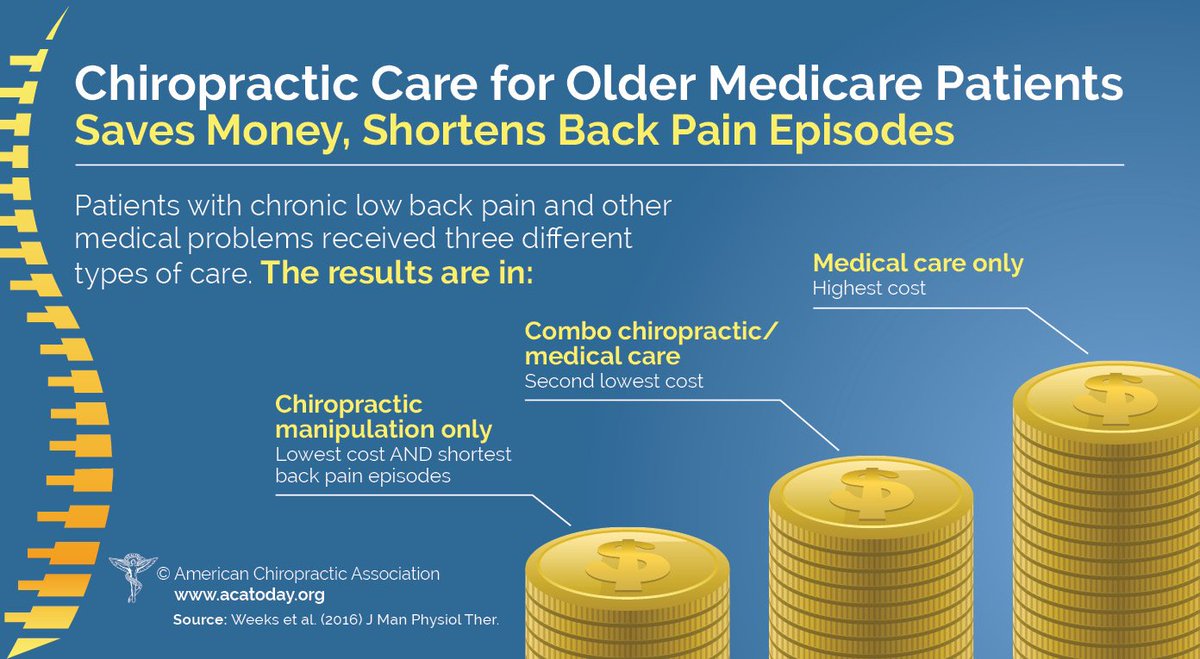Examining The Principles Of Cold Laser Treatment
Examining The Principles Of Cold Laser Treatment
Blog Article
Post Developed By-Acevedo Neumann
When thinking about alternate treatments, cold laser therapy stands out because of its one-of-a-kind strategy to recovery. By making use of certain wavelengths of light, it targets mobile features and advertises recuperation in a non-invasive fashion. This method not only boosts ATP manufacturing yet additionally aids in reducing swelling and discomfort. As recommended you read continues to unravel, the ramifications for rehab and discomfort administration could be substantial. What does this mean for future treatment choices?
The Systems of Cold Laser Therapy
Cold laser treatment, additionally called low-level laser treatment (LLLT), functions by boosting cellular function with the application of specific wavelengths of light.
When the laser light permeates your skin, it engages with the mitochondria in your cells, increasing ATP manufacturing. This increase in ATP stimulates your cells, promoting healing and regrowth.
The light also affects cell membrane layers, improving their permeability and facilitating nutrient absorption while getting rid of toxins. Furthermore, cold laser therapy activates the release of endorphins and minimizes inflammation, aiding your body react more effectively to injury.
You'll experience boosted blood circulation as the therapy promotes capillary development, ensuring that oxygen and nutrients reach broken cells much more effectively.
Comprehending these systems can help you value its possibility in advertising healing.
Prospective Benefits of Cold Laser Treatment
When taking into consideration choices for discomfort relief and recovery, you could find cold laser treatment to be an attractive alternative. This non-invasive strategy can help in reducing swelling, minimize pain, and advertise tissue repair work.
Many individuals report quicker recuperation times from injuries and surgical procedures after going through cold laser therapy. It's specifically beneficial for conditions like joint inflammation, tendonitis, and muscular tissue strains.
You may likewise value that it has marginal negative effects contrasted to pharmaceuticals. Additionally, cold laser treatment can improve flow, which assists in providing nutrients and oxygen to damaged locations.
Current Study and Professional Applications
As rate of interest in cold laser therapy expands, researchers are exploring its different applications and performance in clinical setups. You'll find research studies investigating its duty hurting management, injury recovery, and lowering inflammation.
In physical treatment, professionals make use of cold laser therapy to improve recovery in sports injuries, while dental practitioners are locating it helpful for dealing with oral pain and periodontal conditions. Continuous trials are analyzing its capacity in dealing with problems like joint inflammation and neuropathy.
These researches aim to develop standardized methods and dosages, guaranteeing safety and security and efficiency. As https://coldlasertherapynearme09887.p2blogs.com/33240199/make-informed-choices-concerning-cold-laser-treatment-by-exploring-5-key-elements-that-could-form-your-recovery-journey-what-will-you-discover-following arises, you could see cold laser treatment becoming a staple in both rehab and discomfort monitoring, offering clients a non-invasive alternative that complements typical treatments.
Conclusion
In conclusion, cold laser treatment supplies an encouraging method to healing by using details wavelengths of light to boost cellular functions and advertise recovery. With advantages like boosted blood flow, reduced swelling, and discomfort relief, it's becoming a valuable choice for different conditions. As study continues to develop standard procedures, you can anticipate higher approval of this non-invasive treatment in recovery methods and pain administration methods, making it a possible game-changer for many patients.
